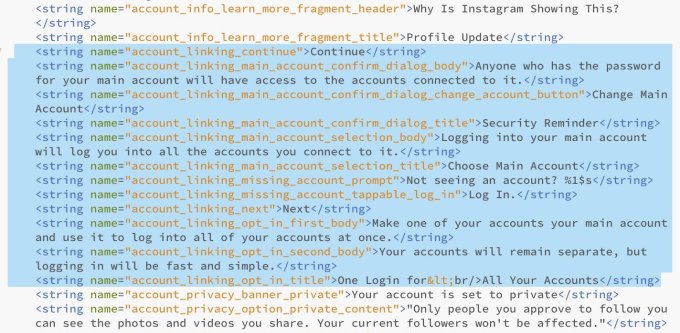Coda, which is coming out of its limited beta today, wants to reinvent how you think about documents and spreadsheets. That’s about as tough a challenge as you can set yourself, given how ingrained tools like Word, Excel and their equivalents from the likes of Google, Zoho and others are. Coda’s secret weapon is that it combines text and spreadsheet functionality into a single document, with the ability to build some basic programming into them and add features from third-party services as a bonus.
In addition to opening up the service to anyone, Coda also today launched its new mobile app for iOS (with Android following at some point in the future).
“It’s the best of documents, spreadsheets, presentations, applications — all brought into one new surface,” Coda founder and CEO (and former head of product for YouTube Shishir Mehrotra told me. “But the phrase we like to use is that Coda allows anyone to make a doc as powerful as an app.”
You’re not going to use Coda, which was founded in 2017 and received funding from VC heavyweights like Greylock, Khosla Ventures and NEA, as a full-blown low code/no code service. It’s still a bit too limited for that. But you can use it to build your own custom inventory system, for example, or to build a basic CRM or to-do app that fits your specific needs. Or you could just use it as an online text editor and then slowly add features like third-party integrations with the likes of Slack or Figma as needed. All of that is easy enough for anybody who has ever used a function in Excel or Google Sheets.

So far, about 10,000 people have used the service during its private beta. Mehrotra tells me that about 15 percent of them are from the Bay Area and that a good amount of them simply use the service as a basic document editor.
The new iOS app, unsurprisingly, mostly focuses on consuming content and using the functions that you have built in the web app. It’s unlikely that you’ll want to build a whole new experience on your phone, after all. In the demos I’ve seen, Coda nicely transforms cells and their functions into usable tables and cards on the iPhone.



